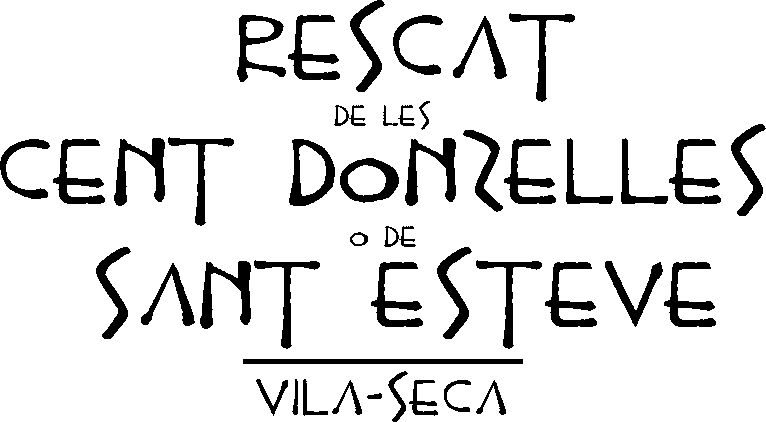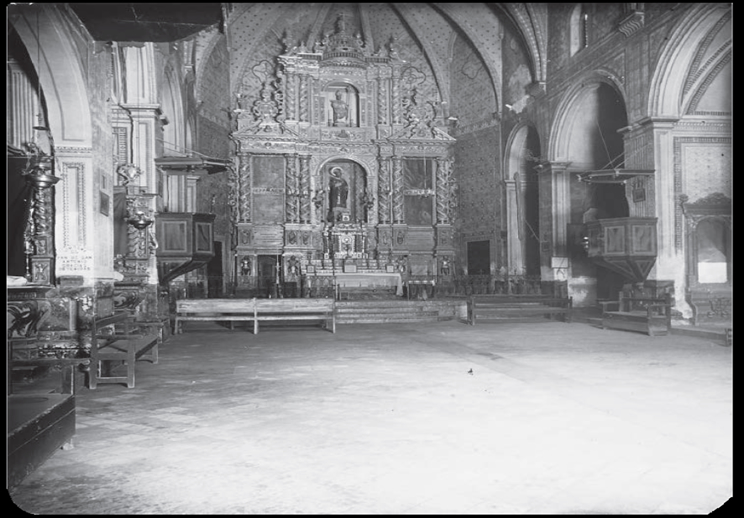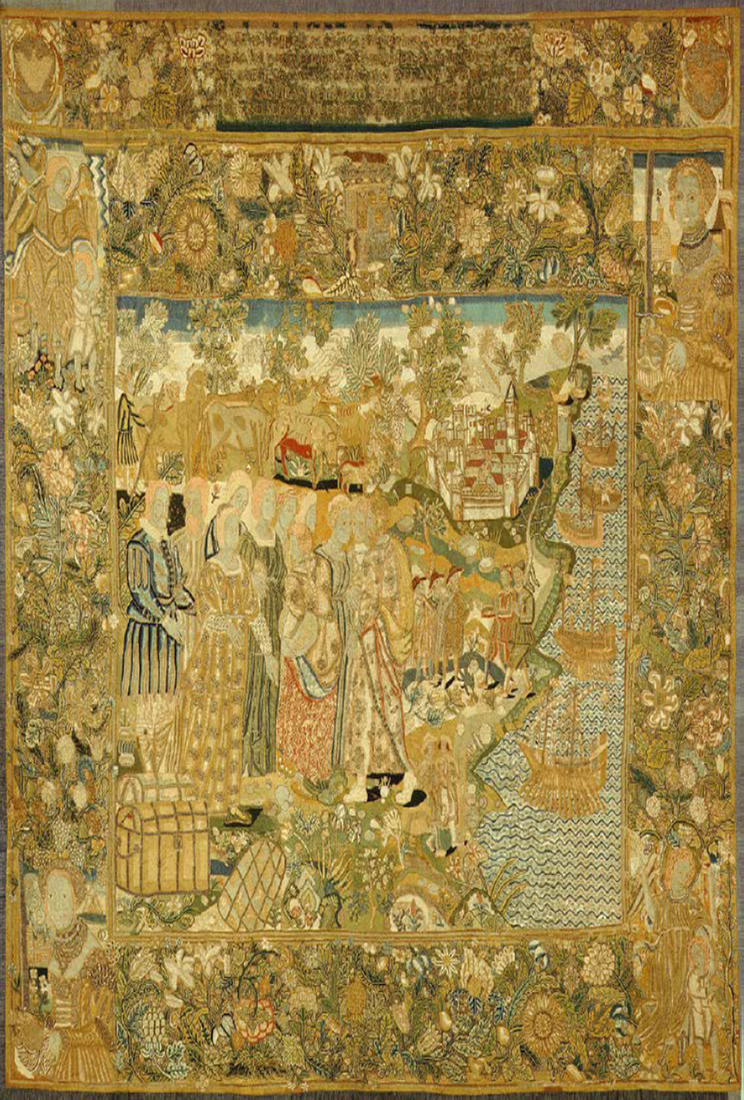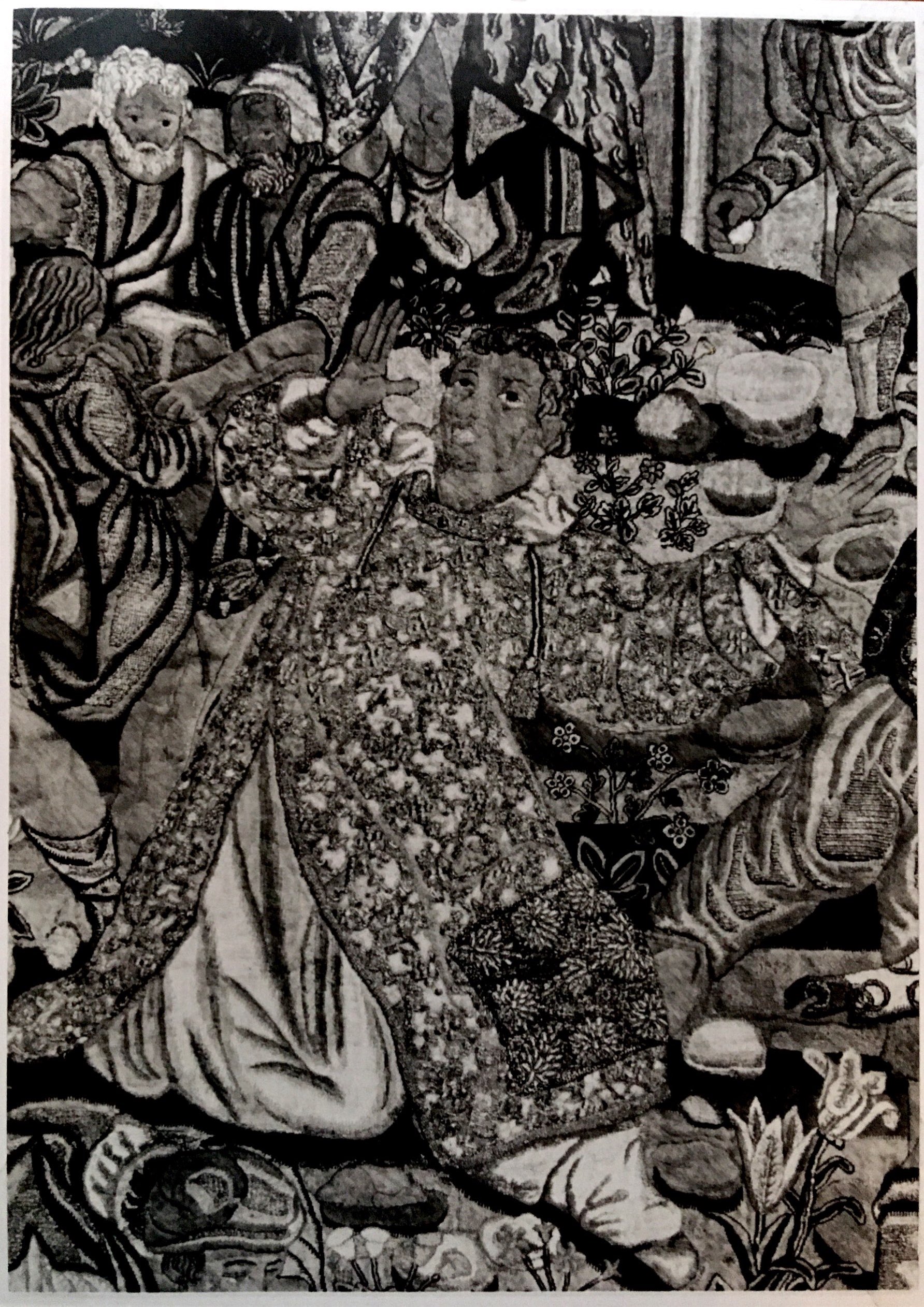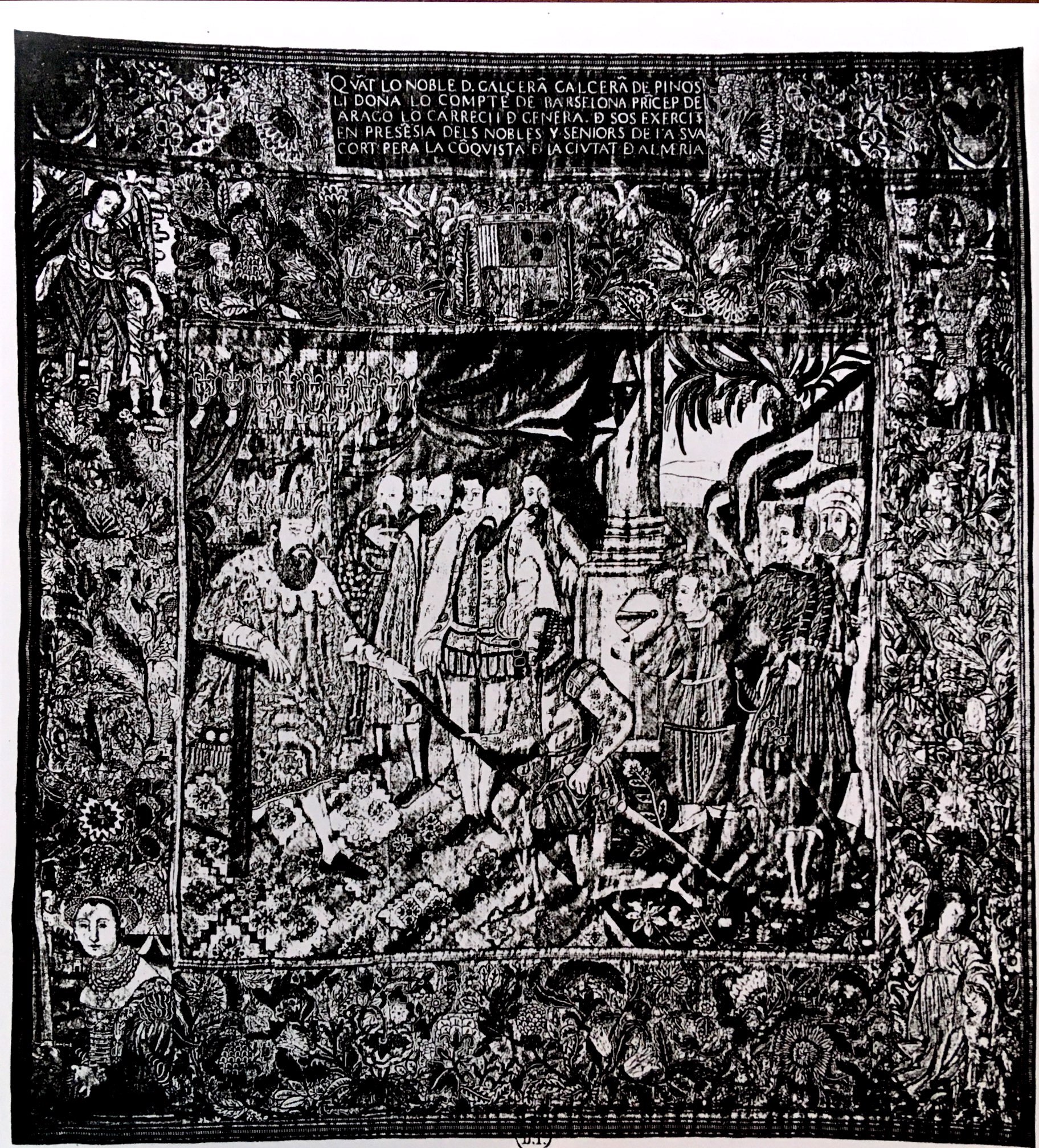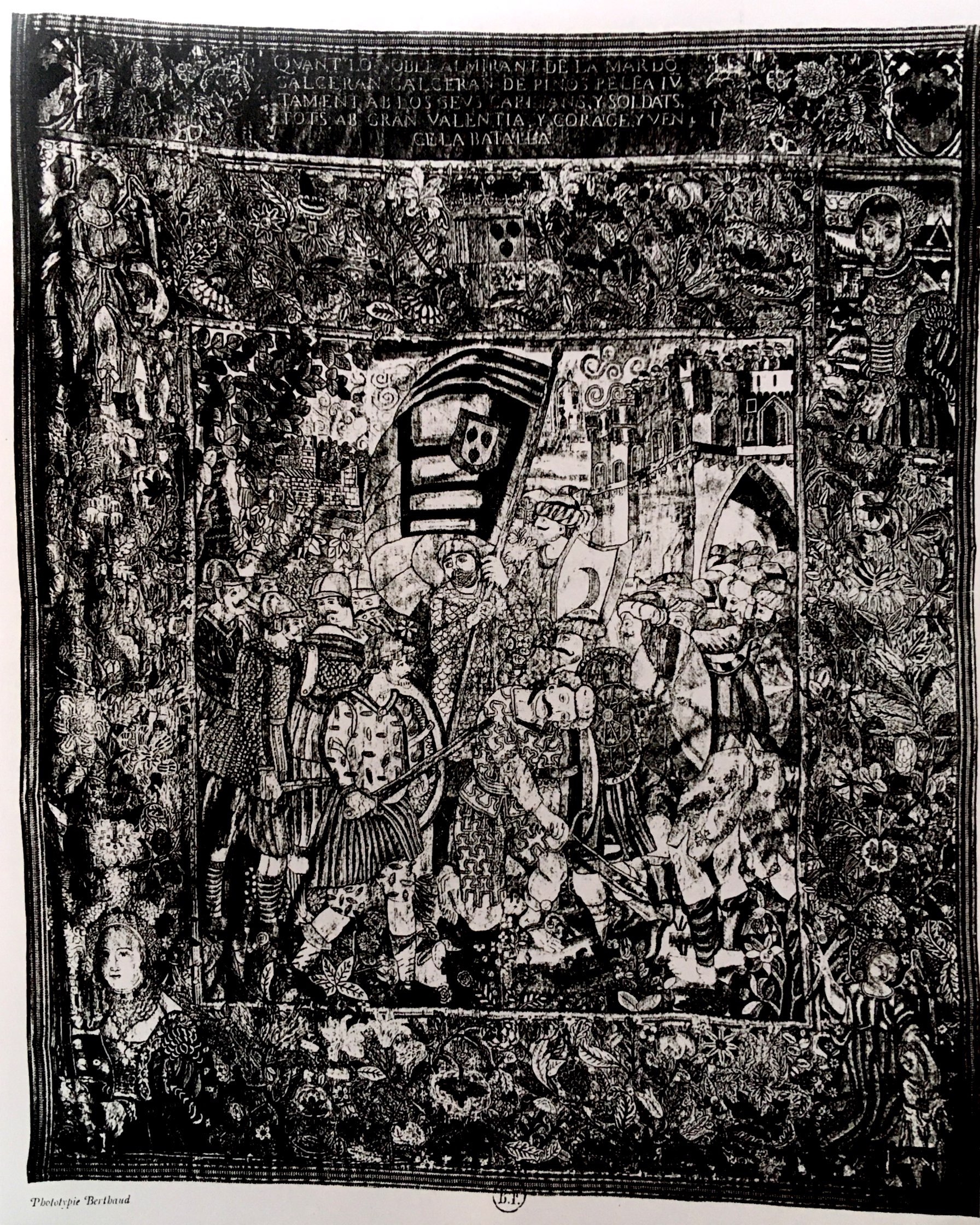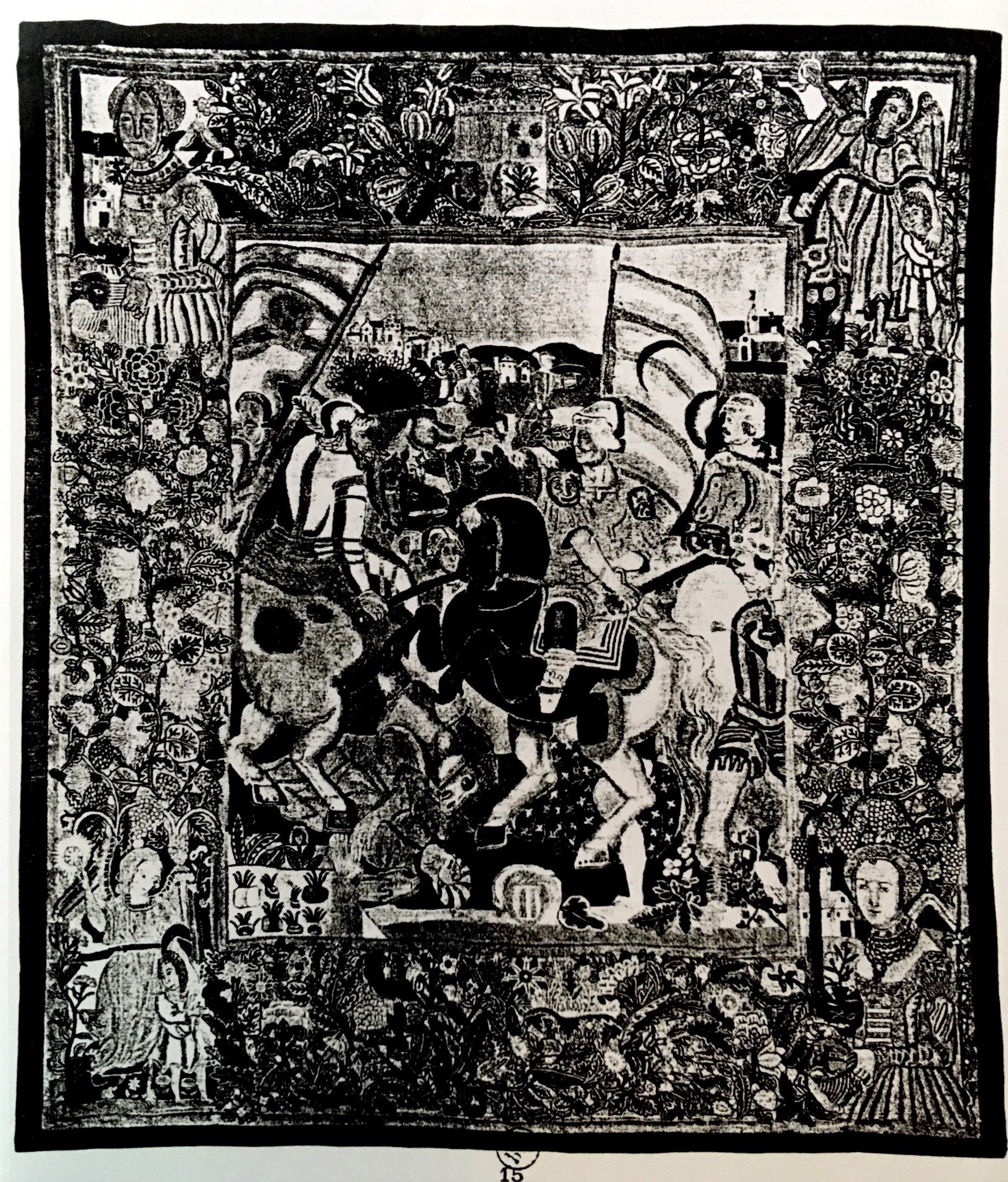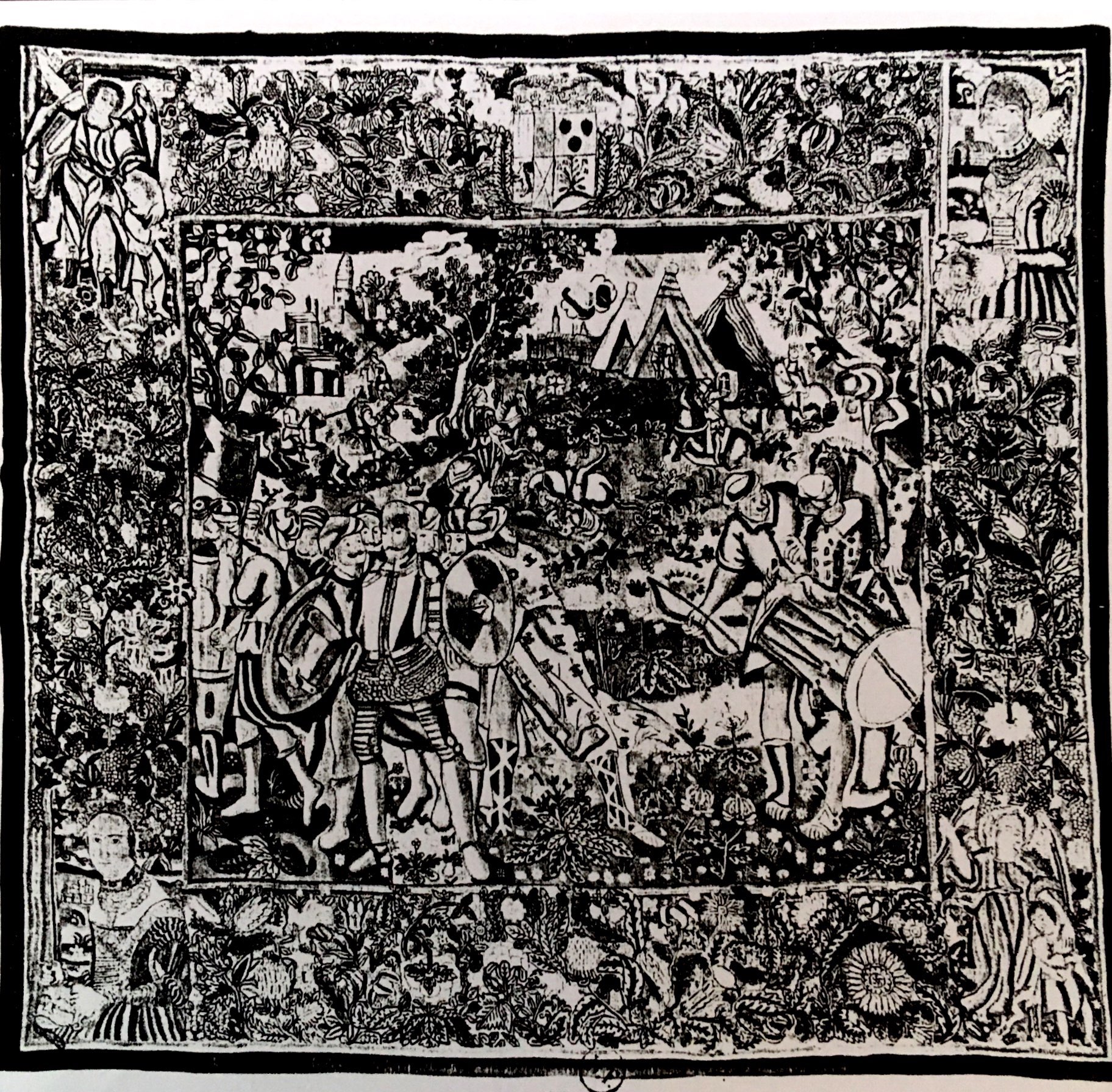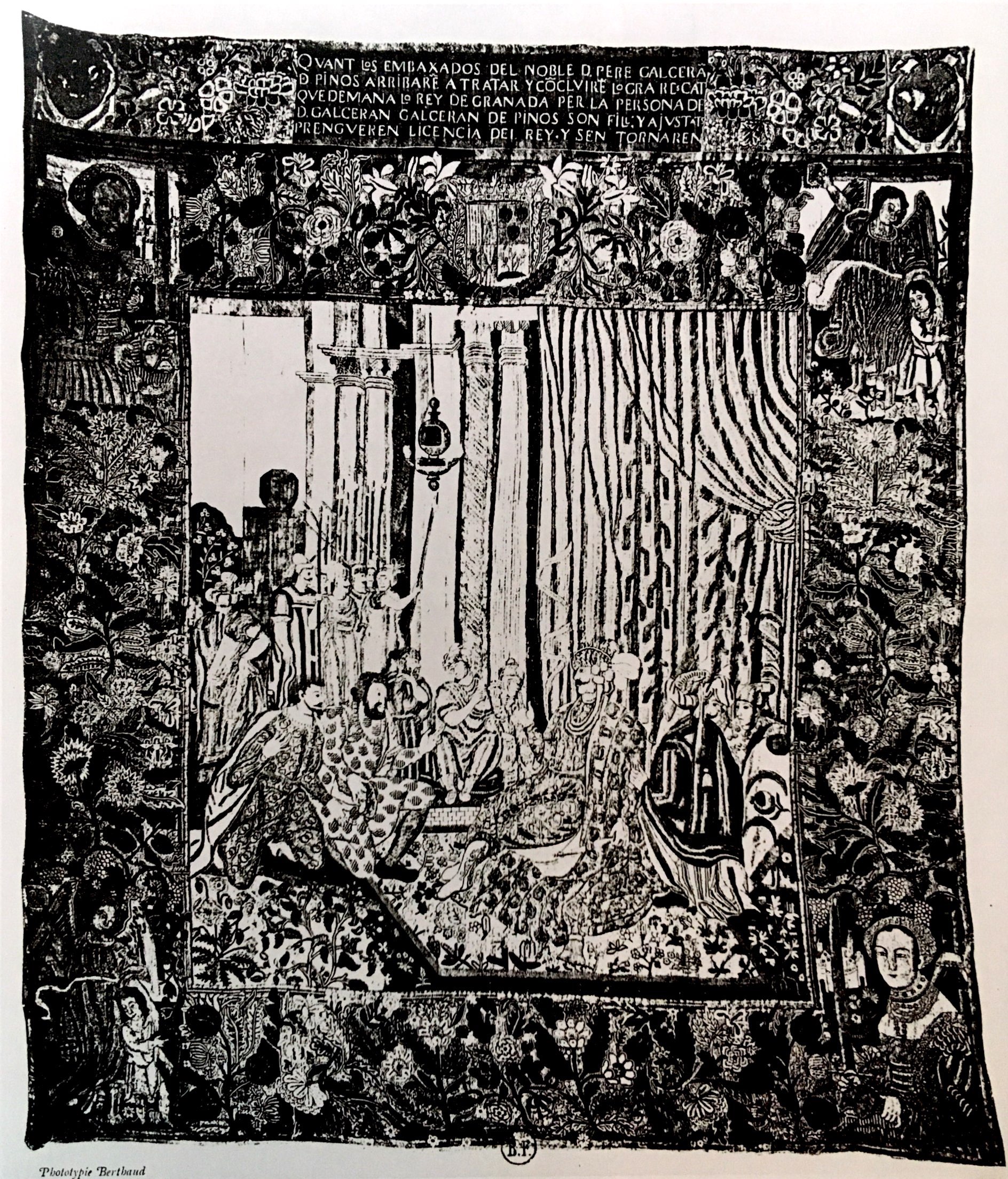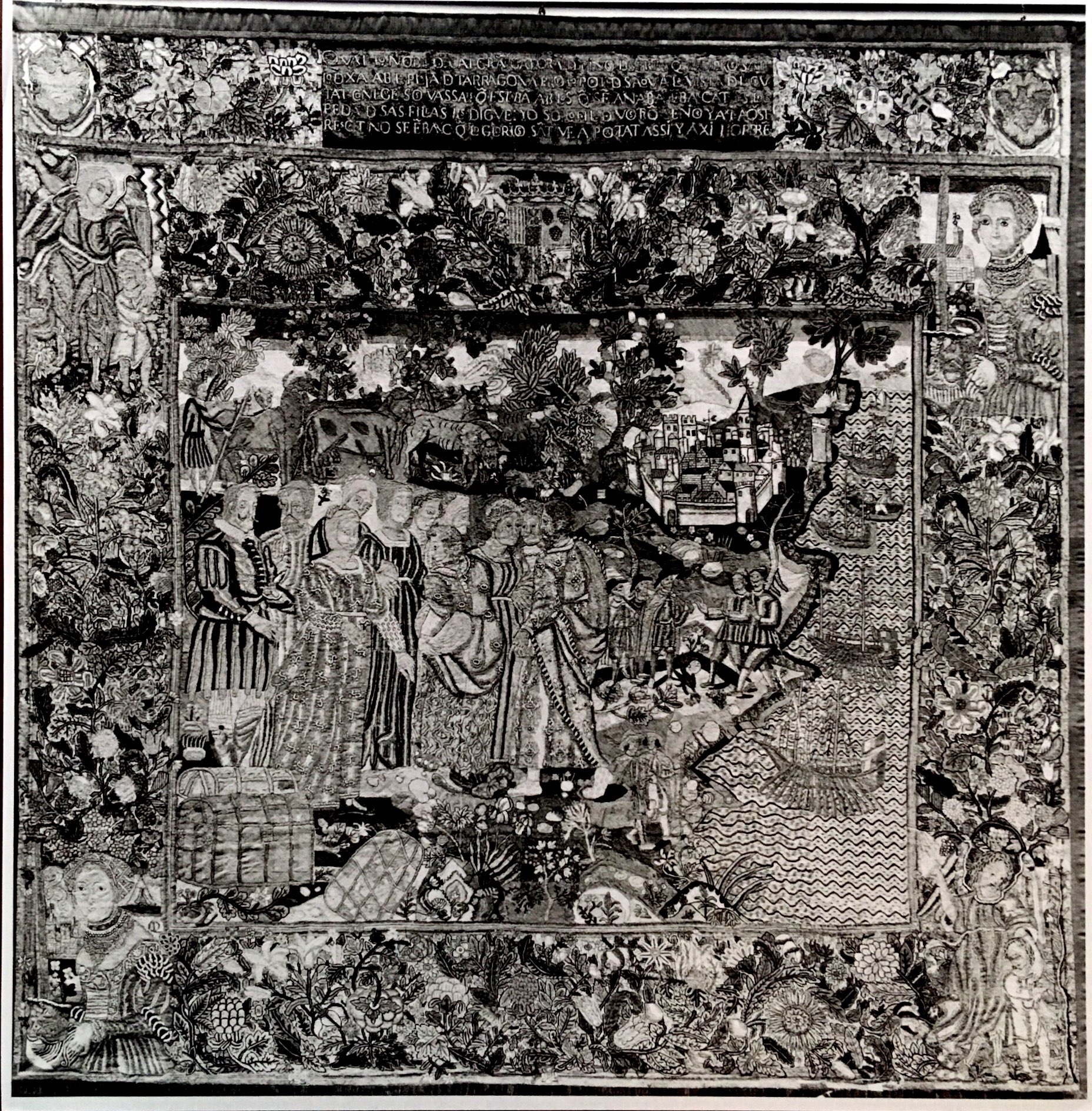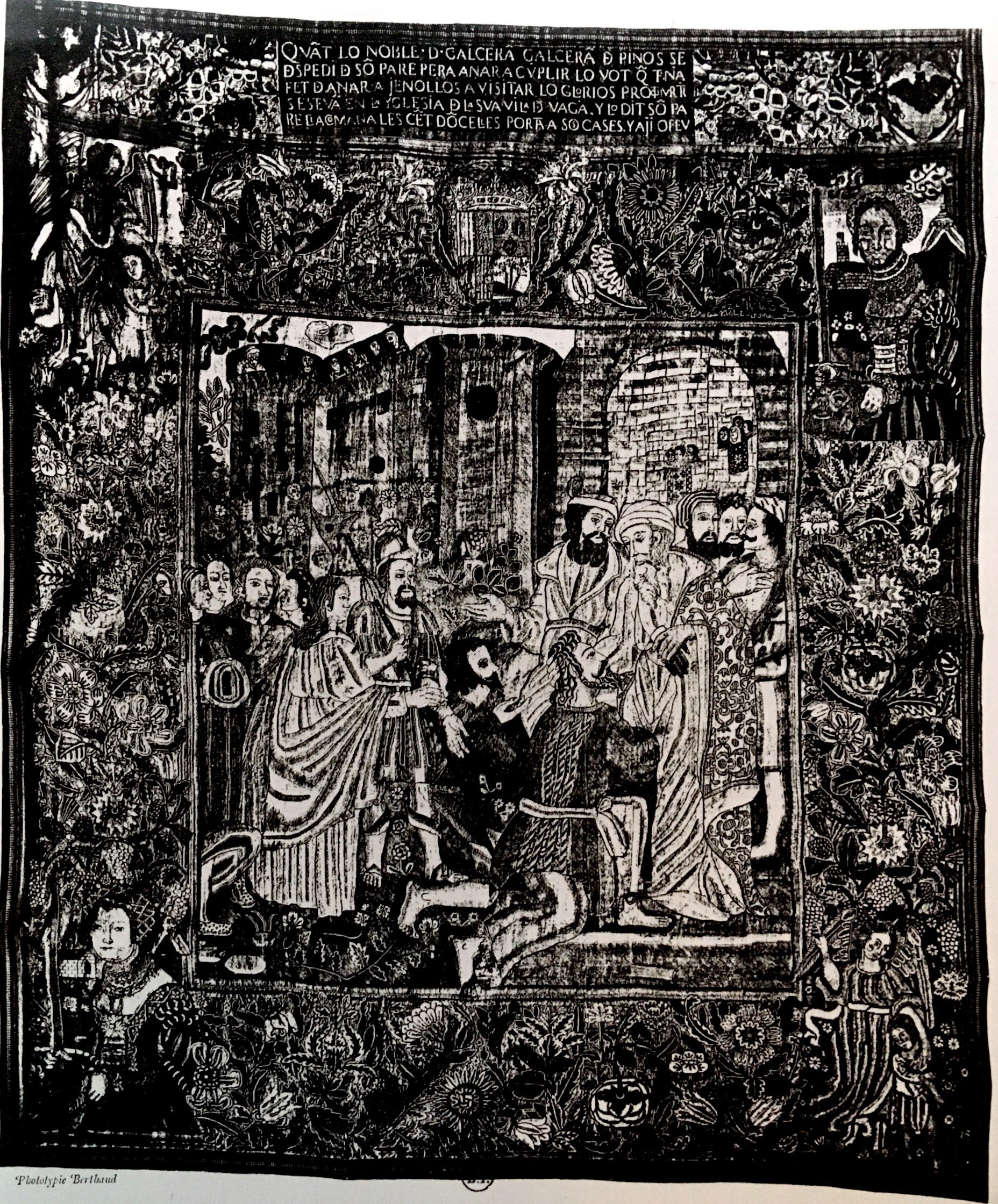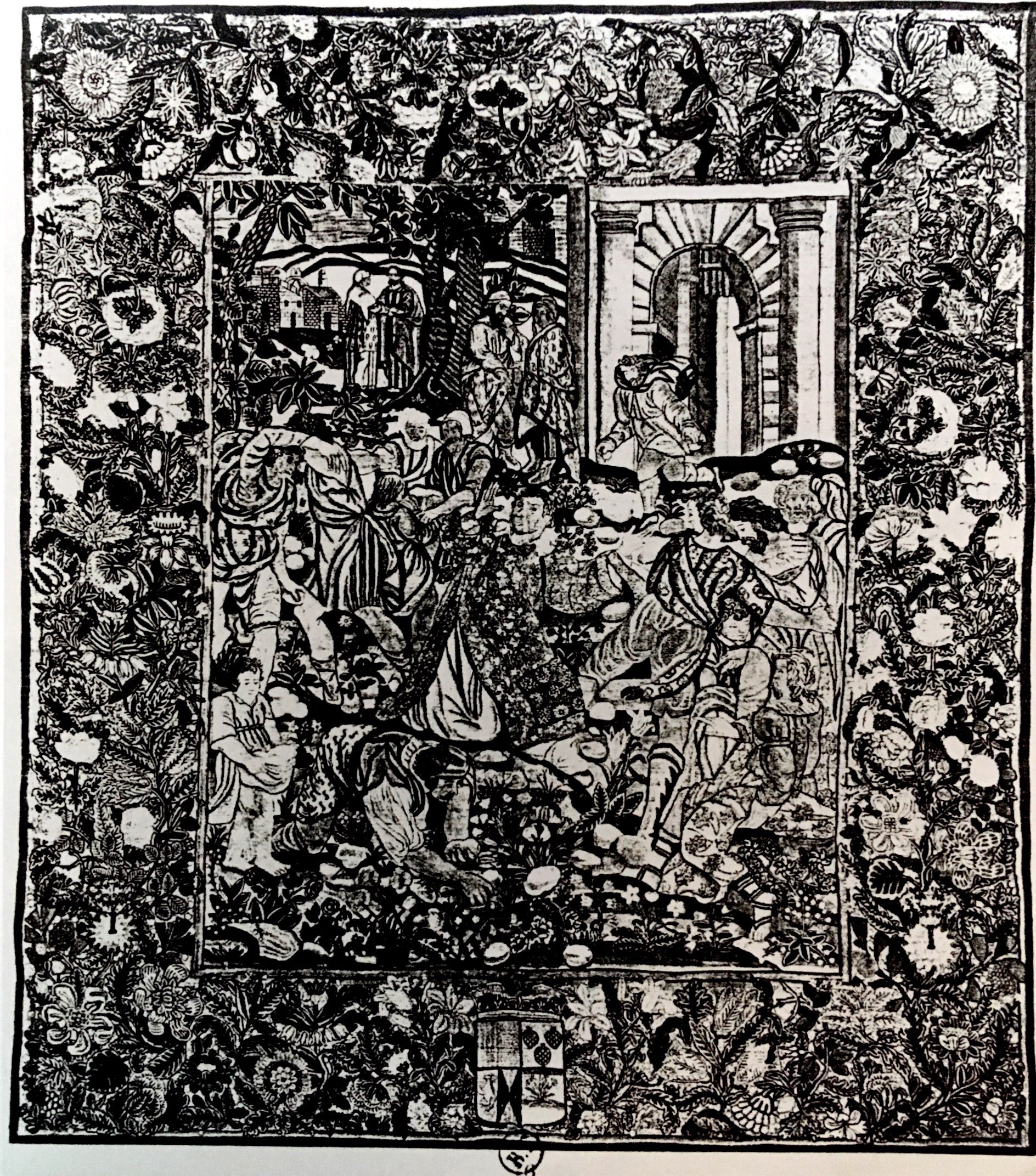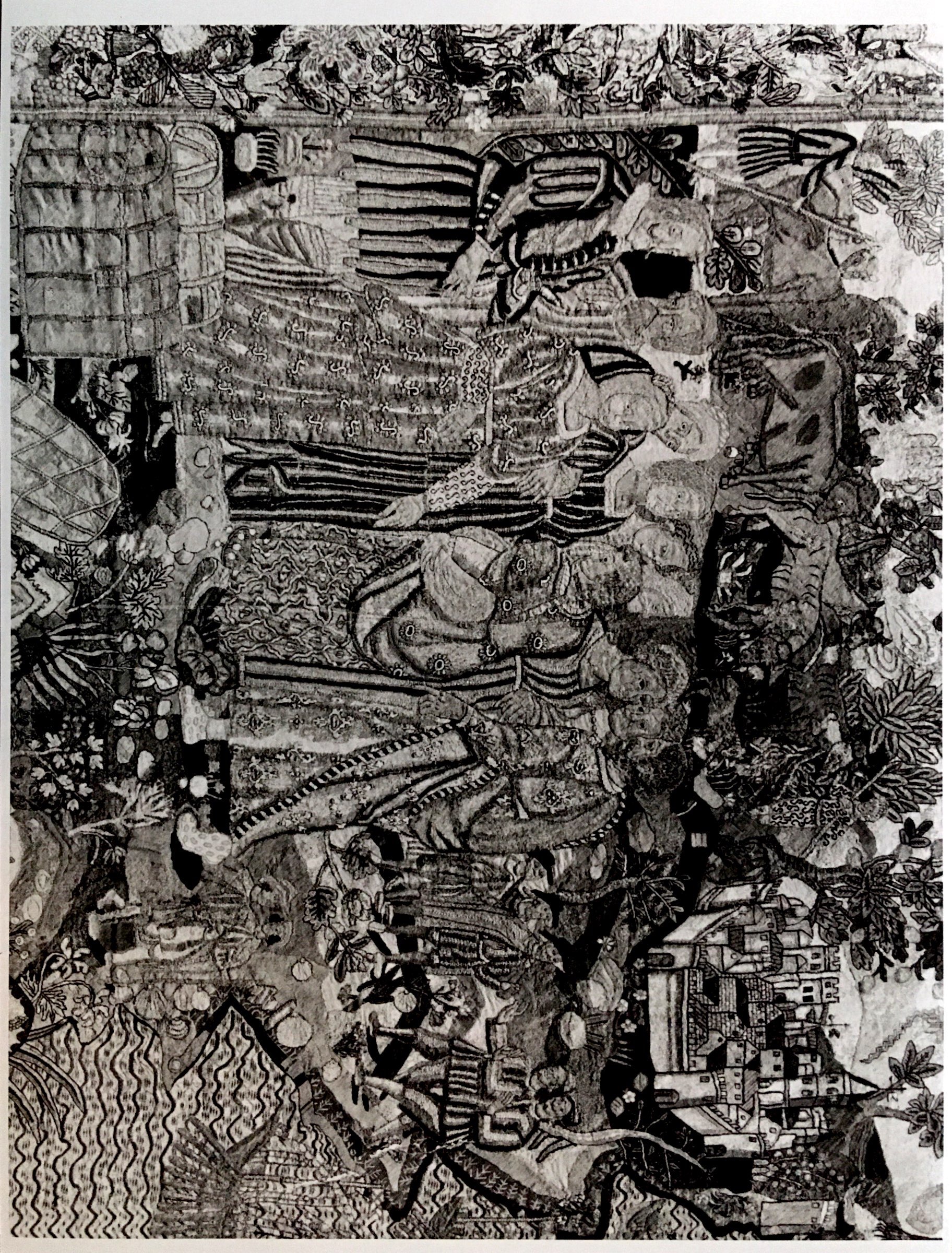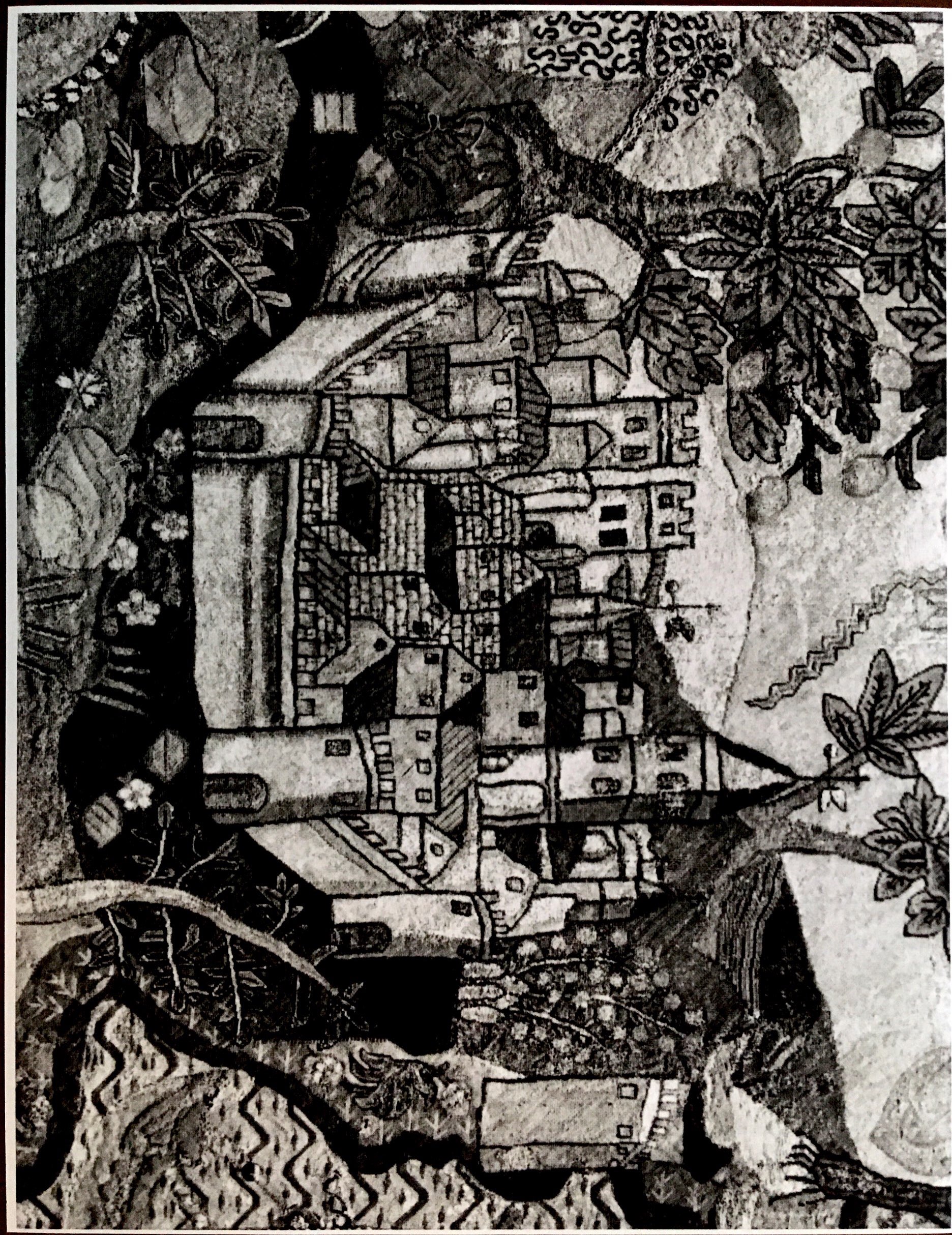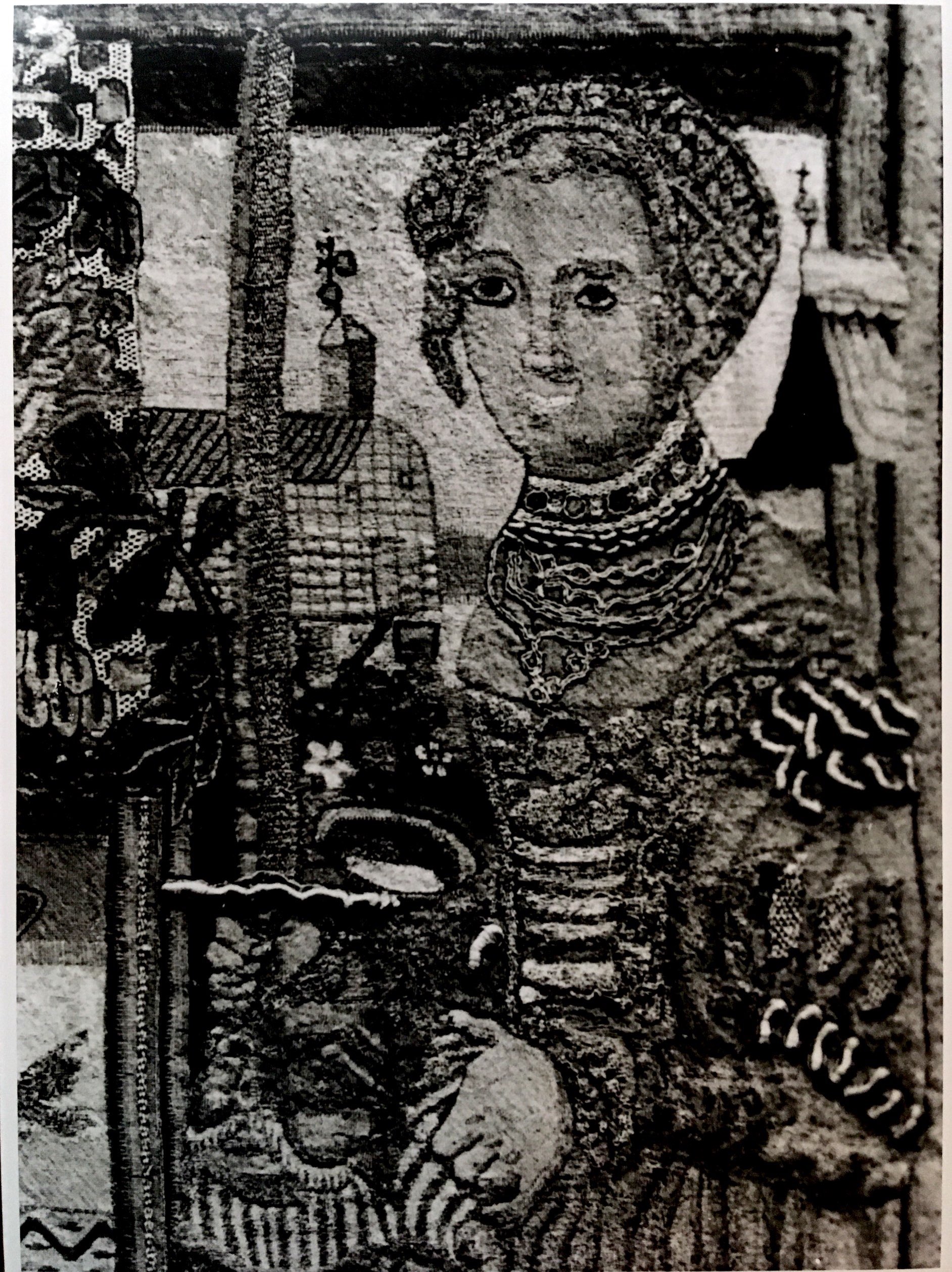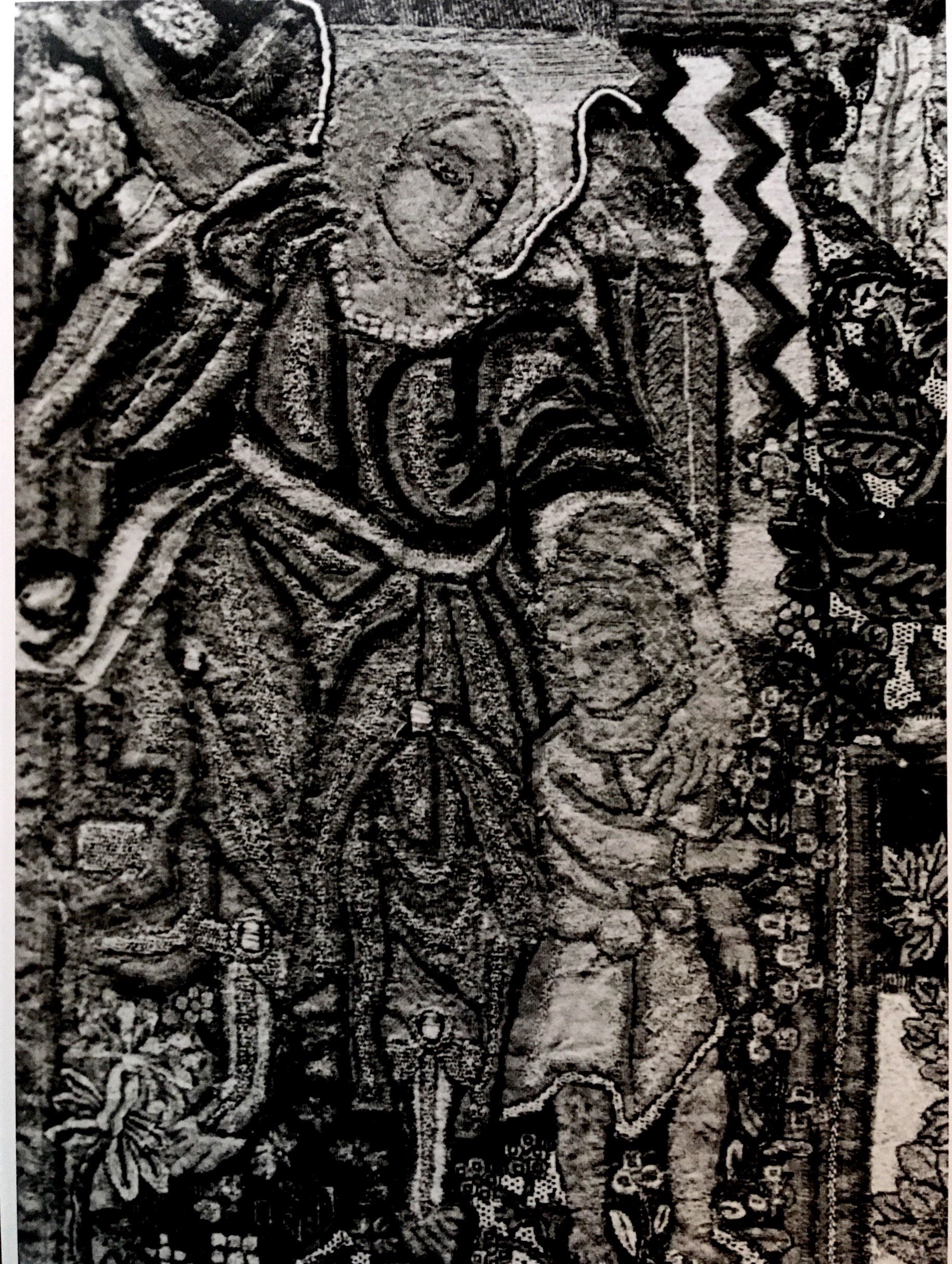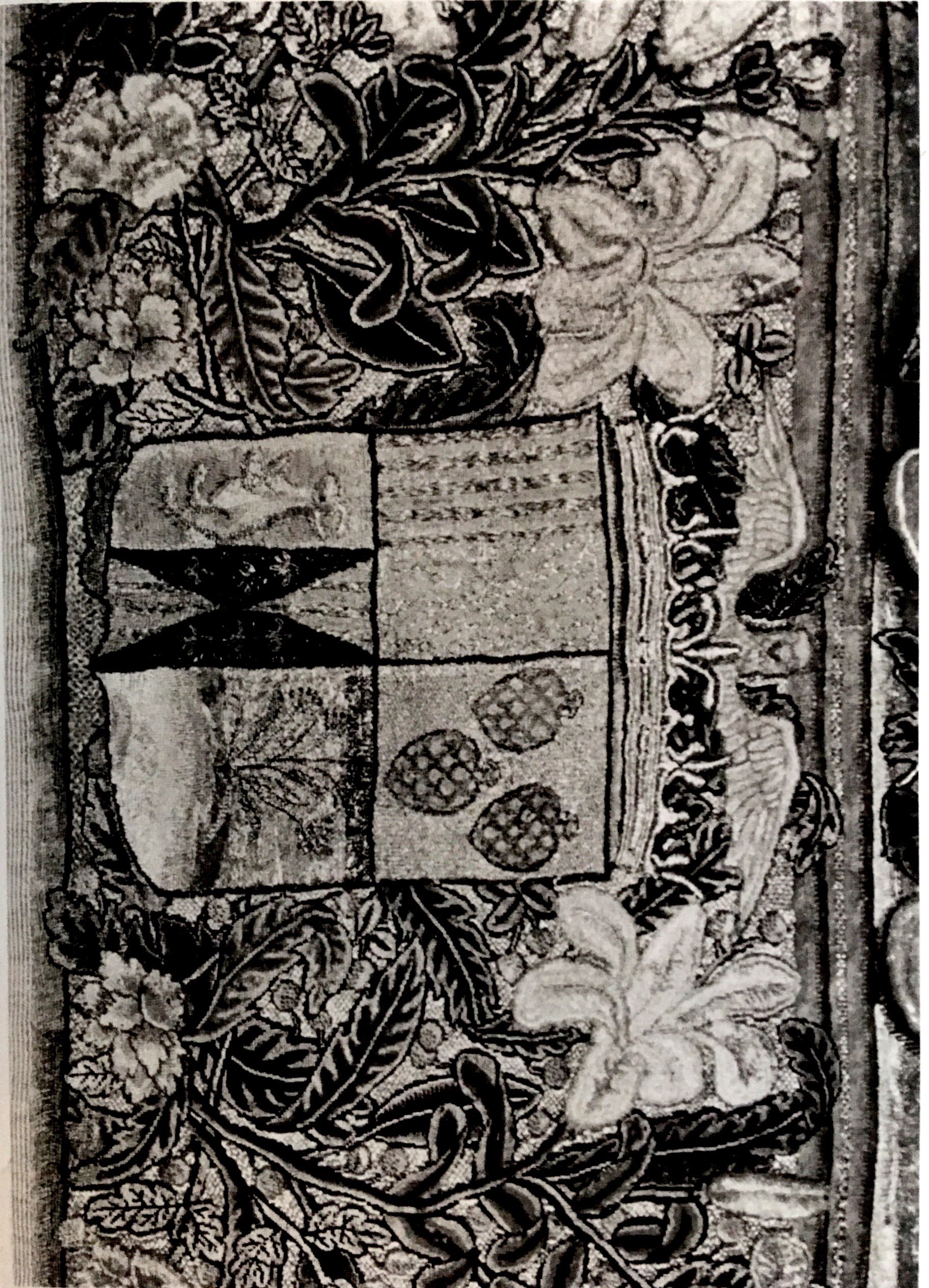In 1936 this Pylon was destroyed. On August 29, 1965 another was inaugurated, consisting of a large block of soldering stone, which contained a beautiful relief in bronze, with the rescue scene of the sculptor Juan Salvadó Voltas, the shields of Vila-seca and the arms of the Pinós; on the other side there was the following inscription:
Walking, stop: here is where the noble Galceran de Pinós and his assistant Santcerní met, miraculously liberated by intercession of St. Stephen, with the hundred maidens and all the rescue that was demanded by the King of Granada
1152 – 1965
Recently, the Pylon has been relocated at the entrance of the Torre de Dolça Park, since in the previous situation it had been left in the lands near Port Aventura Park and less visible to those interested in visiting it. The inauguration started the events of the 2017 Summer Town’s Festivity and authorities and entities from Bagà also attended.
The construction of the Saint Stephen’s church in Vila-seca began at the end of the 16th century, replacing the old one, probably built in the second half of the 12th century, dedicated to Saint Stephen. It had the greater altarpiece, from the Baroque period, with a central sculpture of the patron saint, and on the sides there were scenes from the life of St. Stephen and the Rescue. The altarpiece was burned in 1936.
Ramon Setó Vallverdú and Maria Estradé Pujals (2018) The legend of the rescue of the hundred maidens or the rescue of Saint Stephen, A: Cuadrada Majó, Coral, and Garriga Pujals, Montserrat (coordinator) The rescue of the hundred maidens or of Saint Stephen. Vila-seca: Letters Section of the Cultural Association and University Rovira and Virgili: p. 449-477.
Embroidery with the representation of the vassals of the Barony of Bagà loading the goods to Salou’s port to satisfy the rescue of Galceran de Pinós. 16th-17th centuries (Photo: The Metropolitan Museum of Art)
Embroidery with the representation of Galceran de Pinós in Tarragona’s port once rescued by St. Stephen. 16th-17th (Photo: The Metropolitan Museum of Art)
This is a unique collection, practically unknown in our country that was made at the end of the 16th century, based on technique, materials and decoration. Regarding the origin, the author opted for Barcelona and Saint Stephen was the patron. But other possibilities should not be ruled out, such as the Pedralbes monastery, since they had a close relationship with Pinós. But the fact that the inscriptions presented are most of them are in Catalan, there is no doubt that they were designed and executed in Catalonia.
For the same fact that Bagà and its inhabitants are recognized, it is thought that the task of executing these embroideries could come from the people of this town, on the occasion of the wedding of the Duke of Híjar with Francesca de Castre Pinós. This is what it is confirmed by the coat of arms that we find in all the embroidery:
- Híjar, divided into a stick: 1, gold, four sticks, a golden scarab (chain), the center of sinople.
- Pinós, gold, three sinople pineapples in two and one.
- Fenollet, sinople fennel.
There is also an ox, although in some shields it appears rampant, in others, we can assure that it comes from the lineage of the Borja. In the beginning, by their size and number, we know that they were conceived as murals, like tapestries, to decorate a palace. They measure approximately nine square meters, for that reason they are often called tapestries, but it must be borne in mind that the technique of tapestry and embroidery are two distinct techniques.
Unfortunately, there aren’t any left in our country. Currently, of the eleven embroideries that we believe they formed the series, we have only three of them located. Two are in the reserves of the Metropolitan Museum of Art in New York and the third in a collection in Chile. The rest, probably dispersed in Europe or perhaps even in the United States.
